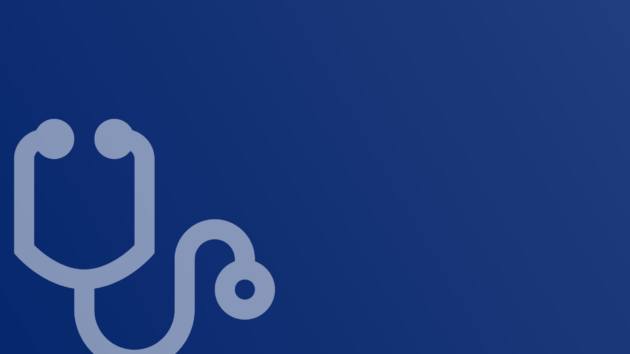Med Students Combat Seasonal Depression with Bright Light

With the return of autumn and the shift in daylight, many people experience reduced energy, sleep disturbances, and depressed mood. Called Seasonal Affective Disorder (SAD), or more commonly known as “winter blues”, this subtype of depression is relatively common among those in their 20s, including busy medical students who are already facing the rigors of academic and professional obligations.
Med students Marc Perlman and Ehsaun Heydari think med students, in particular, could benefit from the use of bright lights.
“Studies have shown that bright light therapy (BLT) is effective in treating mild to moderate symptoms of SAD,” said Perlman. “At $25-35, BLT lamps are an affordable, high value, low risk and efficient means to treat these symptoms. We think it would be beneficial for all medical schools to provide access to BLT to students.”
To demonstrate their theory, Perlman and Heydari developed the Bright Light Lamp Checkout Program. Using funds made available through the Functional Medicine Interest Group, which they founded, they purchased three BLT lamps available for self-checkout at the library at Albany Medical College.
Recommendations are to use the lamps for 30 minutes each morning shortly after waking up by angling the lamp at 30 degrees from the line of sight. Anecdotally, the lamps have been well-received by students, with many reporting improvements in moods and concentration.
Heydari found the lamps to be helpful before his long neurosurgical rotations.
“Even using the lamps for a few minutes helped my energy levels, and I found that I was less reliant on coffee to keep me going,” he said.
The students published an article about Bright Light Therapy in in-Training, an online peer-reviewed publication for medical students, founded by Ajay Major, MD ’16, MBA and Aleena Paul, MD ‘16, MBA, while they were in medical school.
They also presented their research to students and faculty at Albany Medical College’s Medical Student Investigations Day, where a record 185 abstracts were submitted this year from disciplines including advocacy, bioethics, service, health systems analysis, medical education, nutrition, patient safety and quality, research (clinical and basic sciences), and others.
Since they’re graduating this year, the students hope to pass the initiative on to first and second-year students to follow through with outcomes data to measure improved sleep, mood, and academic performance following use of the lights.
“We hope to use whatever resources we have available to raise awareness of this evidence-based treatment and encourage medical schools to employ BLT to help improve the acute and long-term well-being of medical students,” said Perlman.